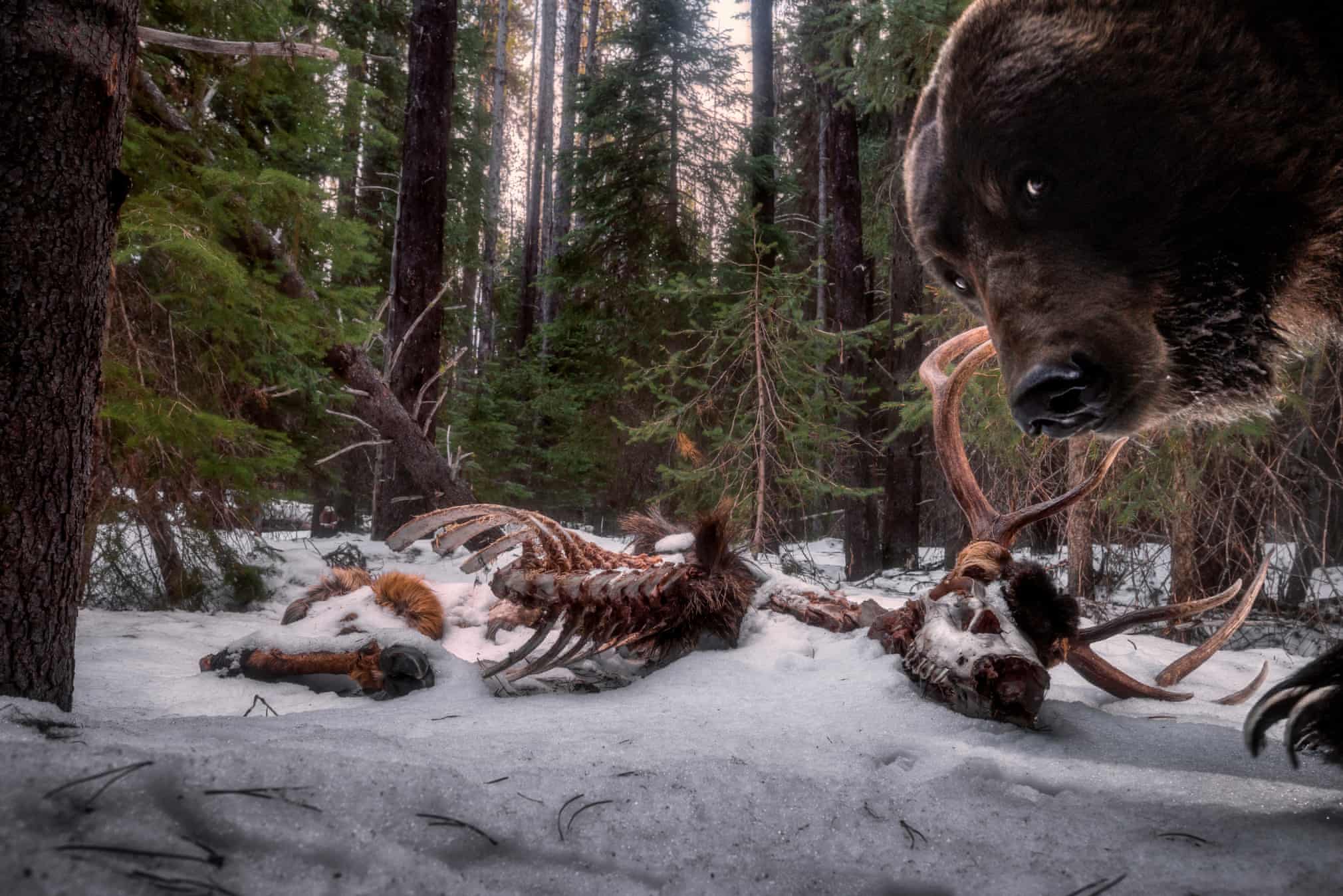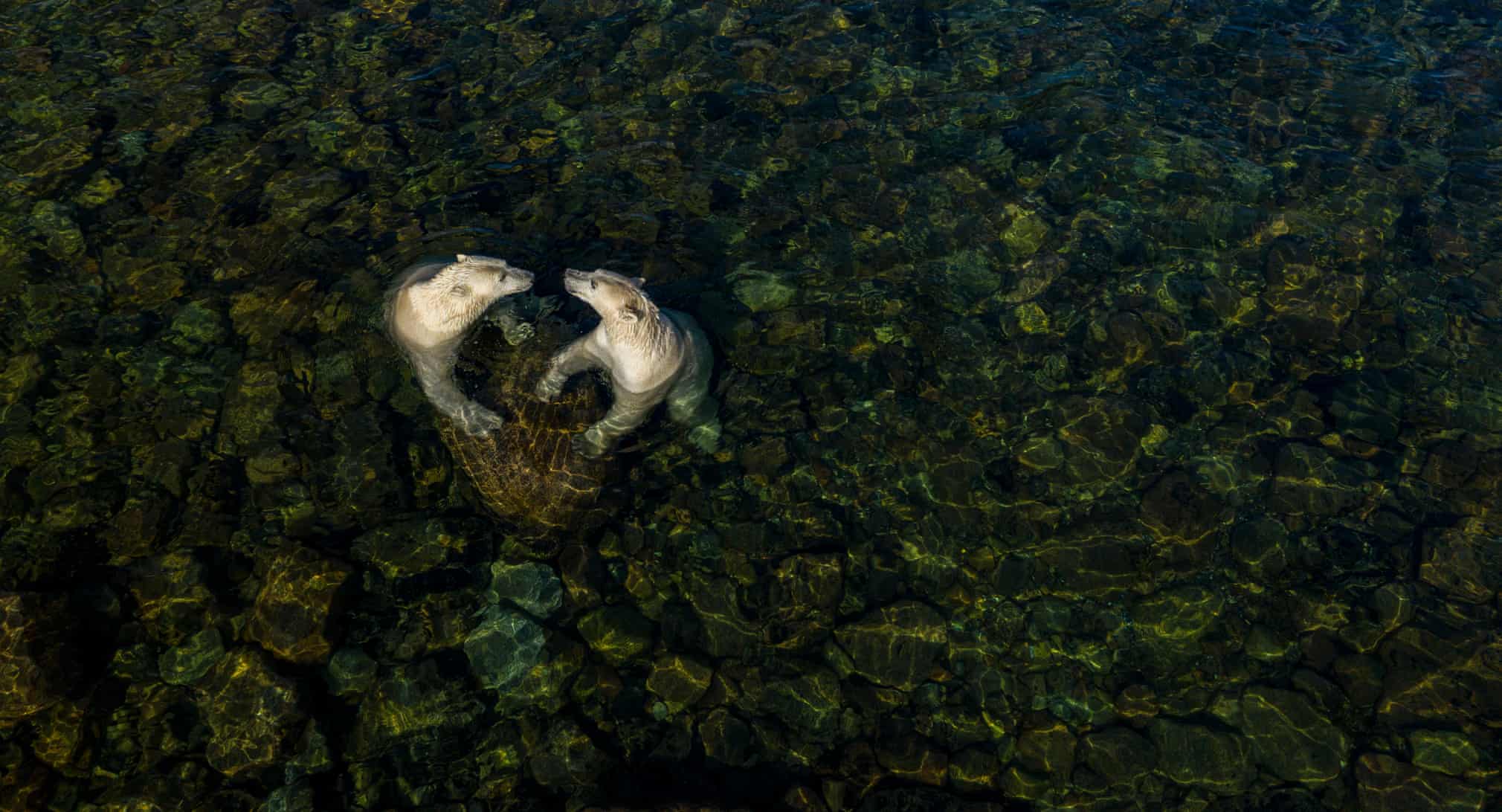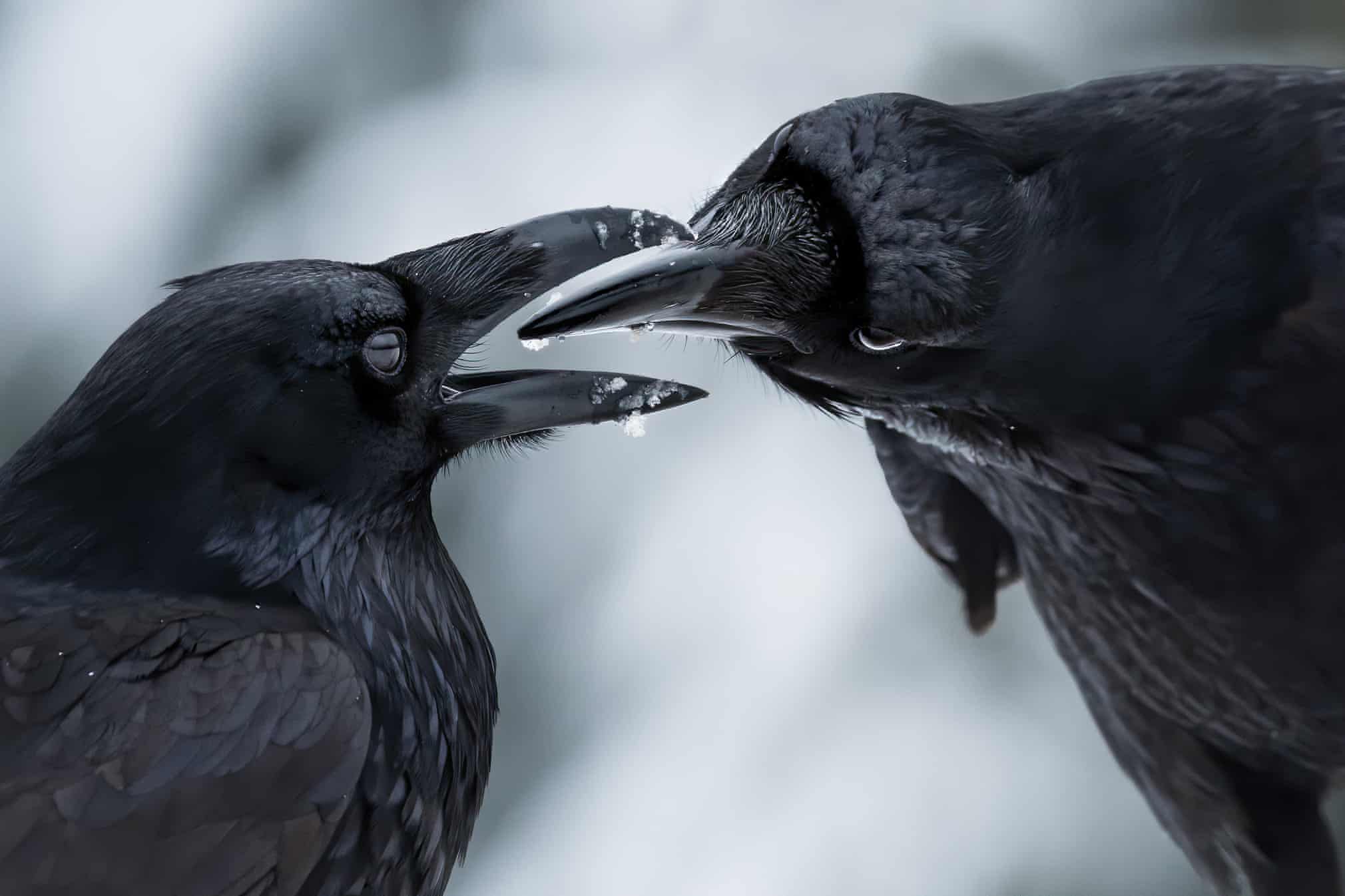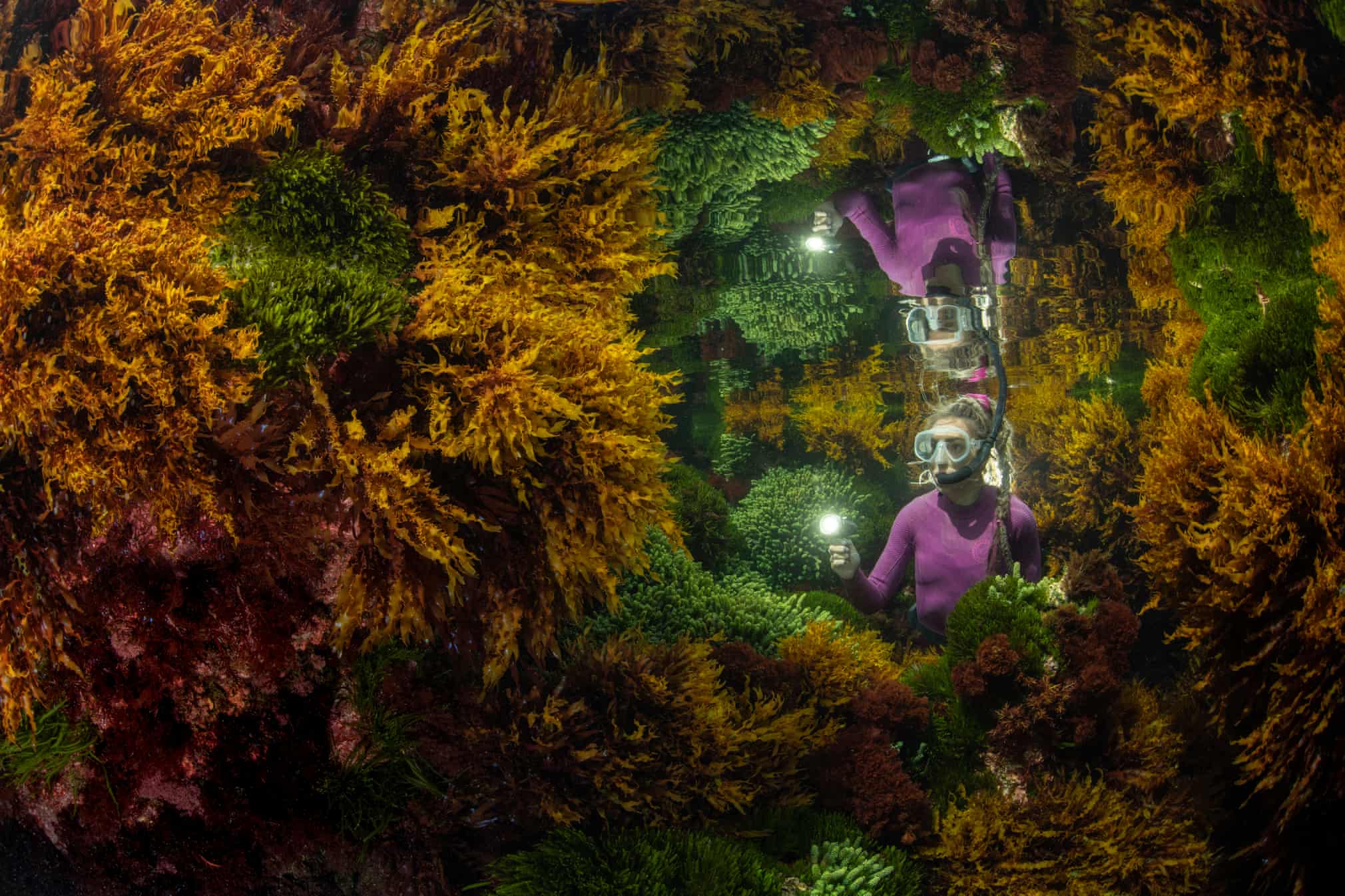Winning images from this year’s competition, which will be exhibited at the Natural History Museum, London, from 15 October
Source: TheGuardian

Winner, animals in their environment
Grizzly leftovers, by Zack Clothier, US A grizzly bear takes an interest in Clothier’s camera trap. Returning to the scene was challenging. Clothier bridged gushing meltwater with fallen trees, only to find his setup trashed. This was the last frame captured on the camera. Grizzlies, a sub-species of brown bears, spend up to seven months in a torpor, a light form of hibernation. Emerging in spring, they are hungry and consume a wide variety of food, including mammals.
Photograph: Zack Clothier/2021 Wildlife Photographer of the Year

Winner, rising star portfolio award
Cool time, from land time for sea bears, by Martin Gregus, Canada/Slovakia Gregus shows polar bears in a different light as they come ashore in summer. On a hot day, two female bears cool off and play. Gregus used a drone to capture this moment. For him, the heart shape symbolises the apparent sibling affection between them and ‘the love we as people owe to the natural world’. He spent three weeks photographing the bears around Hudson Bay. In summer, they live mainly off their fat reserves and, with less pressure to find food, become more sociable.
Photograph: Martin Gregus/2021 Wildlife Photographer of the Year

Winner, behaviour: birds
The intimate touch, by Shane Kalyn, Canada Ravens during a courtship display. It was midwinter, the start of the ravens’ breeding season. Kalyn lay on the frozen ground using the muted light to capture the detail of the ravens’ iridescent plumage against the contrasting snow to reveal this intimate moment when their thick black bills came together. Ravens probably mate for life. This couple exchanged gifts – moss, twigs and small stones – and preened and serenaded each other with soft warbling sounds to strengthen their relationship, or ‘pair bond’.
Photograph: Shane Kalyn/2021 Wildlife Photographer of the Year

Winner, plants and fungi
Rich reflections, by Justin Gilligan, Australia A marine ranger is reflected among the seaweed. At the world’s southern-most tropical reef, Gilligan wanted to show how careful human management helps preserve this vibrant seaweed jungle. With only a 40-minute window where tide conditions were right, it took three days of trial and error before he got his image. Impacts of the climate crisis, such as increasing water temperature, are affecting the reefs. Seaweed forests support hundreds of species, capture carbon, produce oxygen and protect shorelines.
Photograph: Justin Gilligan/2021 Wildlife Photographer of the Year
